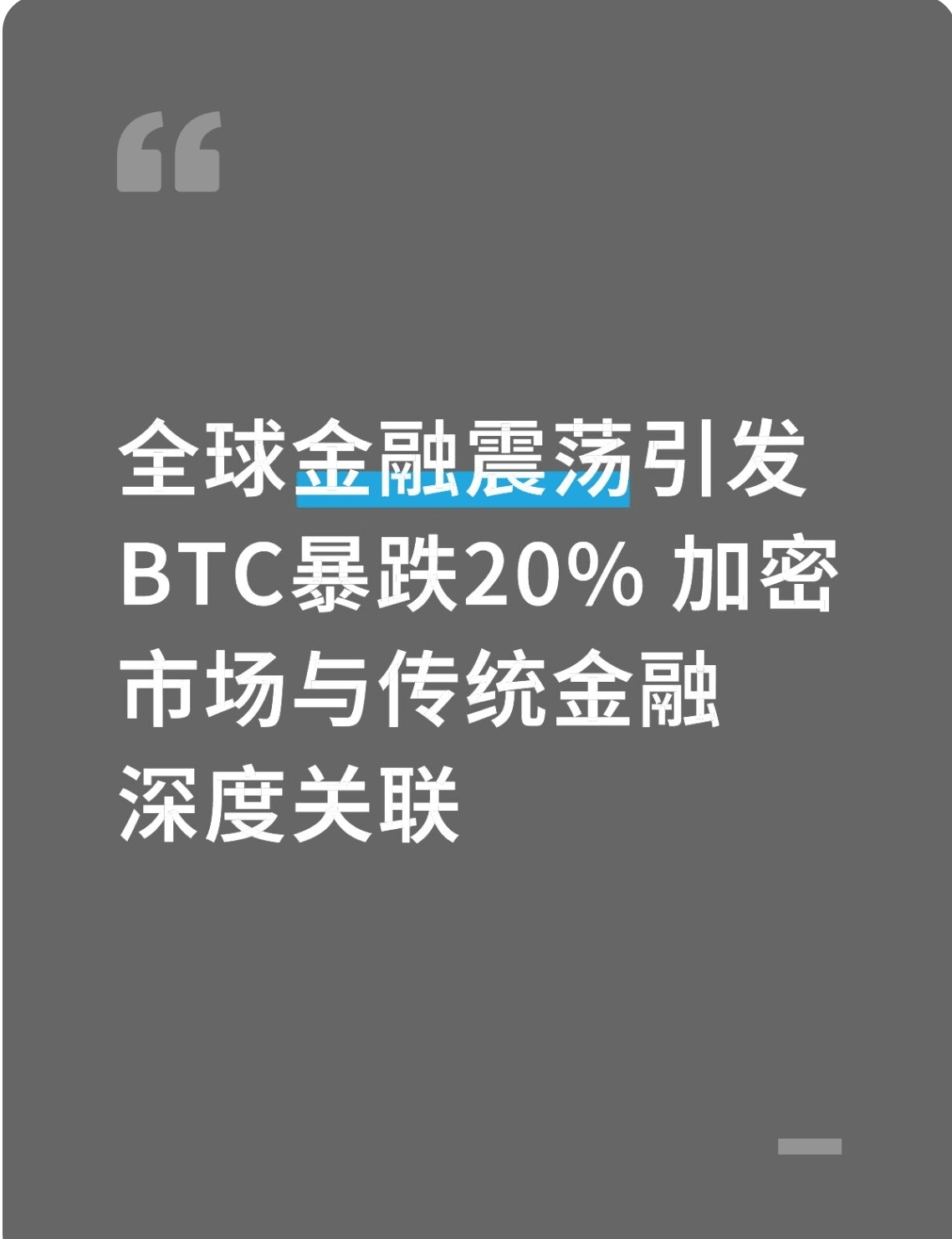Recently, global financial markets have faced multiple shocks, and the turbulence quickly spread to the cryptocurrency sector, triggering a collective plunge in digital assets. This volatility, which began in traditional financial markets, ultimately transferred to the cryptocurrency market, highlighting the increasingly close ties between virtual currencies and the traditional financial system.
The source of the events can be traced back to the unexpected actions of the Bank of Japan—its sudden announcement of interest rate hikes and balance sheet contraction broke the balance of global arbitrage trading, triggering a chain reaction. The yen exchange rate soared, forcing global investors to liquidate positions on a large scale, selling stocks and other assets to repay yen-denominated debts. This change severely impacted the U.S. stock market, leading to a significant drop in stock indices; meanwhile, the U.S. economy is also shrouded in the shadow of recession, with the latest employment data falling far short of expectations, and the unemployment rate rising to 4.3%, deepening market concerns about the economic outlook; the lackluster earnings reports from tech giants further hurt investor confidence.
Under the influence of global risk-aversion sentiment, the cryptocurrency market has not been able to remain unscathed. As a representative of high-risk assets, Bitcoin was hit the hardest, plummeting over 20% in a short period, briefly falling below $50,000; other mainstream cryptocurrencies like Ethereum also saw significant declines, resulting in a bleak market.
Analysts point out that this cryptocurrency crash fully confirms the deep binding of the digital asset market to traditional financial markets—although cryptocurrencies are often promoted as tools for hedging against inflation and traditional financial risks, they still struggle to remain unscathed in the context of global liquidity tightening and risk-averse sentiment. Coupled with ongoing pressure from U.S. regulatory bodies on the cryptocurrency industry, regulatory uncertainty and global macroeconomic turmoil intertwine, further amplifying the market sell-off and making the close correlation between the two markets increasingly clear.
For investors, this is both a severe test and an important warning: when making investment decisions, it is essential to fully consider the interconnectedness of the global economy—including the linkage between traditional financial markets and the emerging cryptocurrency market. In an environment filled with uncertainty, staying vigilant and flexibly adjusting strategies is key to managing risks.
In the future, the market will continue to focus on the policy direction of central banks in various countries, the global economic recovery situation, and the regulatory dynamics of cryptocurrencies. This financial storm, spanning traditional and emerging markets, may redefine the global asset allocation pattern, requiring investors to examine market changes with a more comprehensive and prudent perspective.


